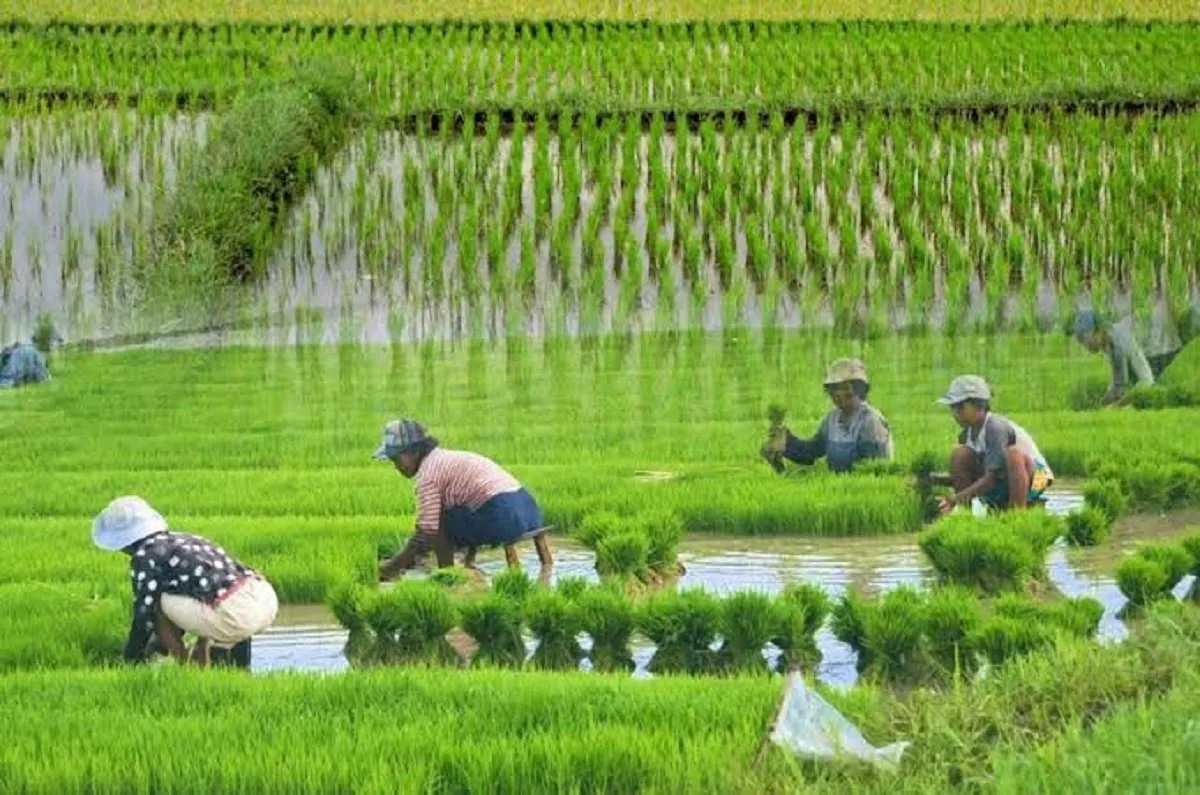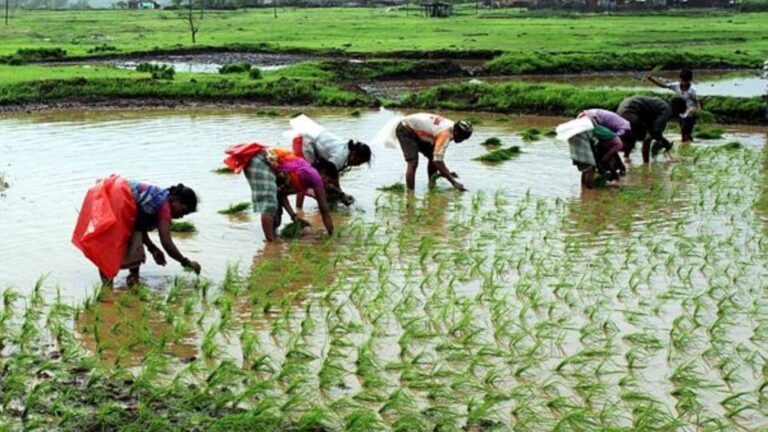
Emerging economies have increasingly influenced global agricultural markets over the last 20 years. This trend is expected to continue over the next decade, with significant regional shifts due to changing demographics and rising economic affluence, according to the OECD-FAO Agricultural Outlook 2024-2033. The report, released today by the Food and Agriculture Organization (FAO) of the United Nations and the Organisation for Economic Co-operation and Development (OECD), provides a comprehensive analysis of medium-term prospects for agricultural commodity markets.
Key Findings of the OECD-FAO Agricultural Outlook 2024-2033
The 20th edition of the OECD-FAO Agricultural Outlook reveals crucial trends in agricultural commodity supply and demand. It highlights the demographic and economic factors driving these trends, projects shifts in production and consumption locations, and assesses changes in international agricultural trade patterns.
Regional Shifts in Agricultural Consumption
One of the notable shifts expected over the next decade is the increasing role of India, Southeast Asia, and Sub-Saharan Africa, coupled with a declining role for China. China, which accounted for 28% of the growth in global consumption of agriculture and fisheries in the previous decade, is projected to see its share fall to 11% in the coming decade. This decline is attributed to a shrinking population, slower income growth, and stabilizing nutrition patterns.
In contrast, India and Southeast Asian countries are projected to account for 31% of global consumption growth by 2033, driven by urban population growth and increasing affluence. Sub-Saharan Africa is also expected to contribute significantly to additional global consumption (18%), primarily due to population growth-driven demand for food.
Growth in Agricultural and Fisheries Consumption
Total agricultural and fisheries consumption, including food, feed, fuel, and other industrial raw materials, is projected to grow by 1.1% annually over the next decade. Nearly all additional consumption is expected to occur in low- and middle-income countries. Middle-income countries will see a 7% increase in food calorie intake, largely due to greater consumption of staples, livestock products, and fats. Low-income countries will experience a 4% growth in calorie intake, which remains insufficient to achieve the Sustainable Development Goal target of zero hunger by 2030.
Bridging Productivity Gaps
FAO Director-General QU Dongyu emphasized the need to bridge productivity gaps in low- and middle-income countries to increase domestic production and boost farmers’ incomes. OECD Secretary-General Mathias Cormann highlighted the importance of well-functioning agricultural markets, reducing food loss and waste, and adopting more productive and less polluting forms of production to ensure global food security and benefit rural livelihoods.
Focus on Productivity and Reducing Food Loss and Waste
Growth in crop production is expected to be driven primarily by productivity increases on existing land rather than expanding cultivated areas. This approach will lead to a decline in agriculture’s global greenhouse gas (GHG) emissions intensity. Similarly, productivity improvements are expected to drive growth in livestock and fish production, although herd expansions will also contribute.
Despite these expected productivity improvements, significant productivity gaps are projected to persist, especially in least productive countries in Africa and Asia. These gaps pose challenges to farm incomes and food security, increasing the need for food imports. Technological gaps, limited input use, and natural climatic conditions are key factors underpinning disparities in agricultural productivity.
Importance of Well-Functioning Agricultural Markets
Well-functioning international agricultural commodity markets will remain crucial for global food security. Approximately 20% of calories are traded internationally, and rural livelihoods can benefit from participation in global agrifood value chains. The report notes that the peaks in international agricultural prices experienced in 2022 are subsiding, with real international reference prices for main agricultural commodities projected to resume a slight declining trend over the next 10 years. However, this trend may not be reflected in local retail food prices.
Impact of Reducing Food Loss and Waste
This year’s Outlook features a scenario that simulates the impact of halving food losses along supply chains and food waste at the retail and consumer levels by 2030. The scenario projects a potential 4% reduction in global agricultural GHG emissions by 2030, distributed relatively evenly across countries regardless of income levels. It also forecasts lower food prices, increased food intake in low- and lower middle-income countries by 10% and 6% respectively, and a potential reduction in the number of undernourished people by 153 million (26%) by 2030. While the scenario highlights potential benefits for consumers and the environment, it also points to challenges for producers due to lower producer prices and decreased production impacting their livelihoods.
Commodity Highlights
- Cereals: Demand will continue to be led by food use, closely followed by feed use. By 2033, 41% of all cereals will be directly consumed by humans, 36% will be used as animal feed, and the remainder will be processed into biofuel and other industrial products.
- Oilseeds: Yield challenges are projected to persist, with major producers experiencing slow growth or declines in yield.
- Meat: Poultry meat will dominate growth in the meat sector due to its affordability and perceived nutritional advantages, accounting for 43% of total meat proteins consumed by 2033.
- Milk: World milk production is projected to grow at 1.6% per year over the next decade, with most growth occurring in India and Pakistan.
- Fish: Over 85% of additional fish production will stem from aquaculture, elevating its share in global fish production to 55% by 2033.
The OECD-FAO Agricultural Outlook 2024-2033 provides crucial insights into the future of global agricultural markets. Emerging economies will continue to drive market developments, with regional shifts reflecting changing demographics and economic affluence. Addressing productivity gaps, reducing food loss and waste, and ensuring well-functioning agricultural markets are essential to achieving global food security and supporting rural livelihoods.






